Game description:
Waterpark Simulator is a management game that focuses on designing and running a functional waterpark. The player starts with a small area and limited resources but gradually unlocks new attractions, food stands, and customization tools. Every decision affects how guests behave inside the park. The objective is to keep visitors entertained, safe, and satisfied while balancing operational costs and long-term development. Each part of the park, from slide layout to snack prices, contributes to the overall performance.
Player Interaction and Guest Behavior
The simulation tracks various systems at once, including visitor movement, queue times, and guest feedback. Players can see real-time reactions from guests and adjust attractions or services to improve satisfaction. If the park becomes too crowded or poorly maintained, guests leave and overall ratings drop. The game includes weather changes and random events that affect park traffic, adding variety to daily operations. Players are encouraged to adapt quickly and maintain balance between entertainment and efficiency.
Main Features in Waterpark Simulator
· Build slides, pools, lazy rivers, and splash zones
· Place food vendors, restrooms, and seating areas
· Hire and manage staff for cleaning, safety, and service
· Monitor guest feedback and adjust services in real time
· Customize design elements such as colors and props
Expansion and Staff Management
As more visitors come to the park, new systems unlock. These include hiring lifeguards, janitors, and vendors, as well as introducing park zones with different themes. Players must organize staffing schedules and assign workers to specific areas. Maintenance also becomes essential—damaged attractions need repairs, and dirty zones lower satisfaction scores. The better the infrastructure, the more likely guests will stay longer and spend more. Managing both the staff and the physical layout becomes more complex over time.
Continuous Improvement Through Player Choice
Waterpark Simulator operates on a loop of improvement through observation. Each session gives the player control over how the park grows, which attractions to prioritize, and when to expand. There are no fixed paths, only variables tied to guest satisfaction, income, and park layout. Players who monitor data and adjust accordingly will see higher ratings and more returning visitors. The challenge comes not from fast decision-making, but from understanding how systems interact. Over time, the park reflects the player’s planning choices, offering a dynamic space that evolves with each upgrade, expansion, and adjustment.








































































































































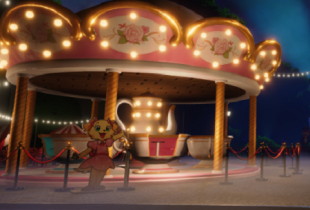
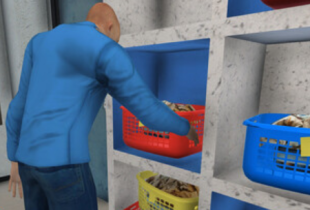
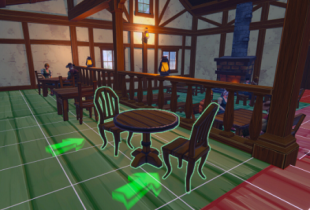
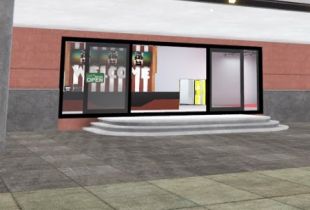

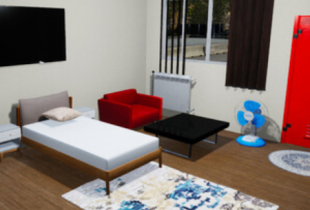
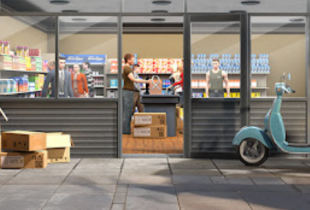
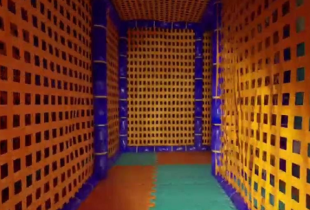


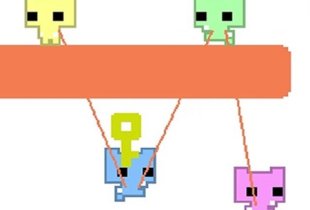





Comments